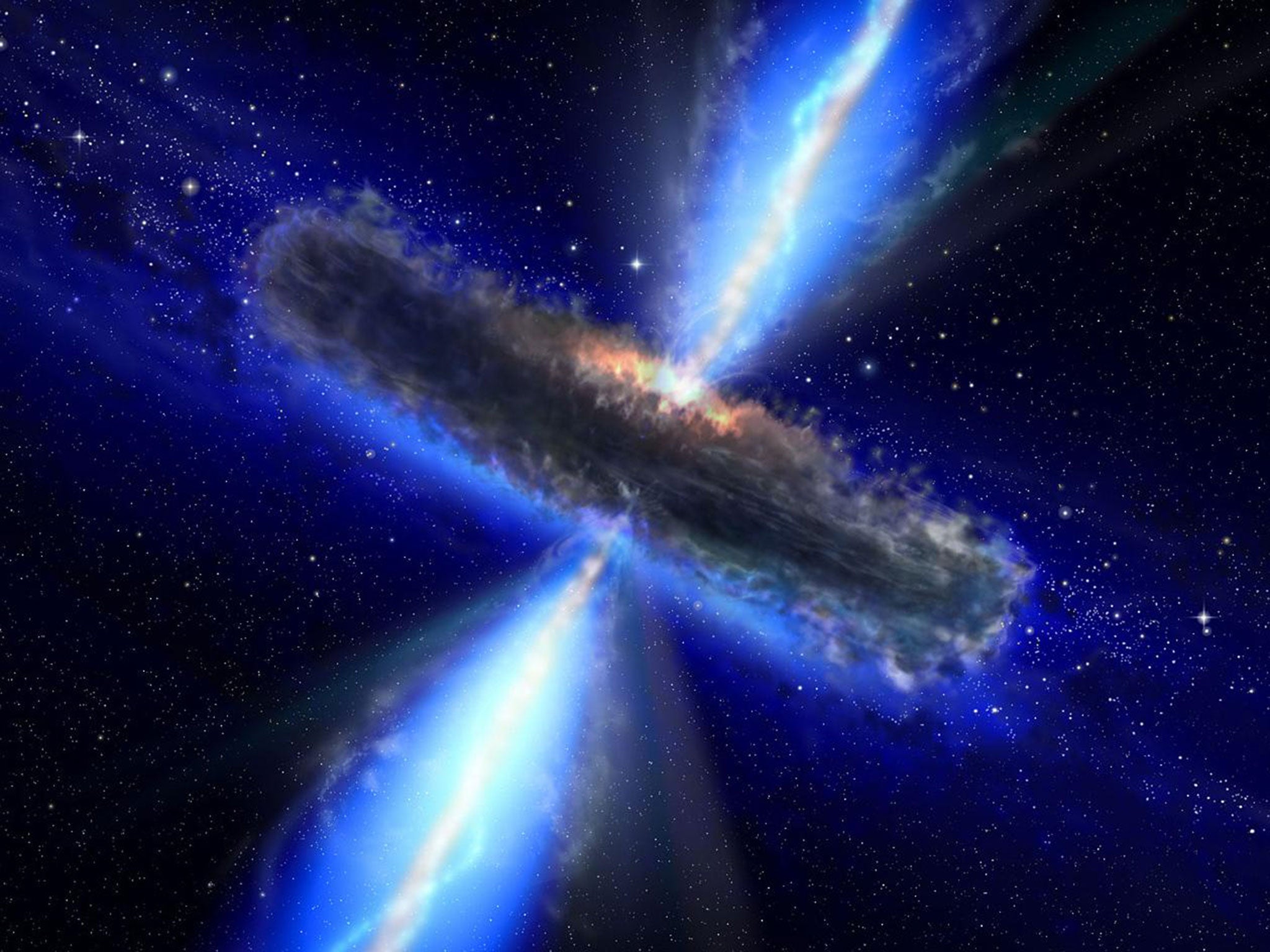Gravitational waves may have been found, scientist claims, potentially proving one of Einstein's wildest theories
If truly spotted, gravitational waves would give an unprecedented look at some of the furthest bits of the universe

Researchers may have confirmed one of Einstein’s grandest theories, sending the scientific community into frenzy.
Rumours are swirling that scientists have finally spotted a gravitational wave signal. If that is true, it would confirm one of the biggest predictions of Albert Einstein’s theory of relatively, a century after it was written.
The rumours have been swirling for some time. But they have picked up since a physicist called Lawrence M Krauss tweeted that he had been told they had been confirmed, and that an announcement could reveal the find soon.
Professor Krauss’s discovery would have come from the Advanced Laser Interferometer Gravitational-Wave Observatory (Ligo). That system uses detectors to look specifically for gravitational waves.
Those waves would be important because if found they could offer a new way of looking at the universe. They come from places like black holes that were formed at the beginning of time — and so could offer a way of looking at such distant and strange bits of the universe.
Einstein predicted that such waves exist, and work after him has proven that they almost certainly do. But nobody has yet been able to actually see them — until now, according to Professor Krauss.
Professor Krauss was criticised by some on Twitter for the revelation.
“If [the discovery is] true, you are trying to steal their glory; if false, you are damaging scientific credibility,” wrote another professor of astronomy, Michael Merrifield. “A bit of a no-win really.”
Professor Krauss said that he didn’t think “there is much glory in alerting people to the possibility”, and that if the discovery is true “they will deservedly get glory”.
But scientists have warned that the detection could be a false alarm. What’s more, it could have been intentionally wrong — fed into the system as part of a test.
The team at the observatory have previously fed in signals to the data, so that they can check whether they are picked up by the team. The last time this happened publicly was in 2010.
That time, an equal amount of excitement picked up. Scientists claimed that they had seen two dead stars making a black hole, and were preparing to publish papers detailing the claims.
But after a huge conference of the scientists involved was convened, the team who had added the false signals told the team it was a hoax. The data that had been used was fed into the system as the scientific equivalent of a fire alarm — checking that the system and the team would be able to spot the data if it did pick up.
Lawrence Krauss claimed in a follow-up tweet that he was told such testing wasn’t the case. But it’s possible that the data being used is a false alarm, whether or not it was intentionally added.
LIGO has said that it doesn’t yet have research to release and that any work was currently undergoing peer review.
Join our commenting forum
Join thought-provoking conversations, follow other Independent readers and see their replies
Comments